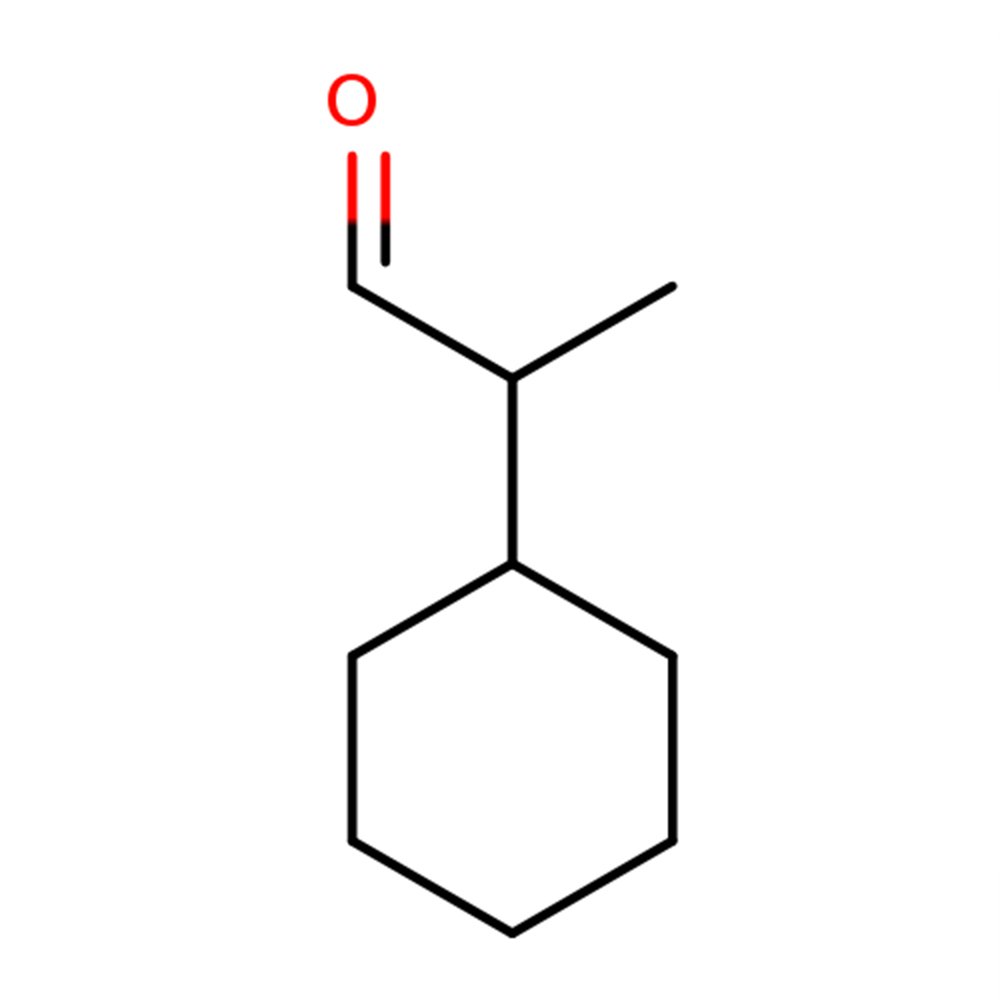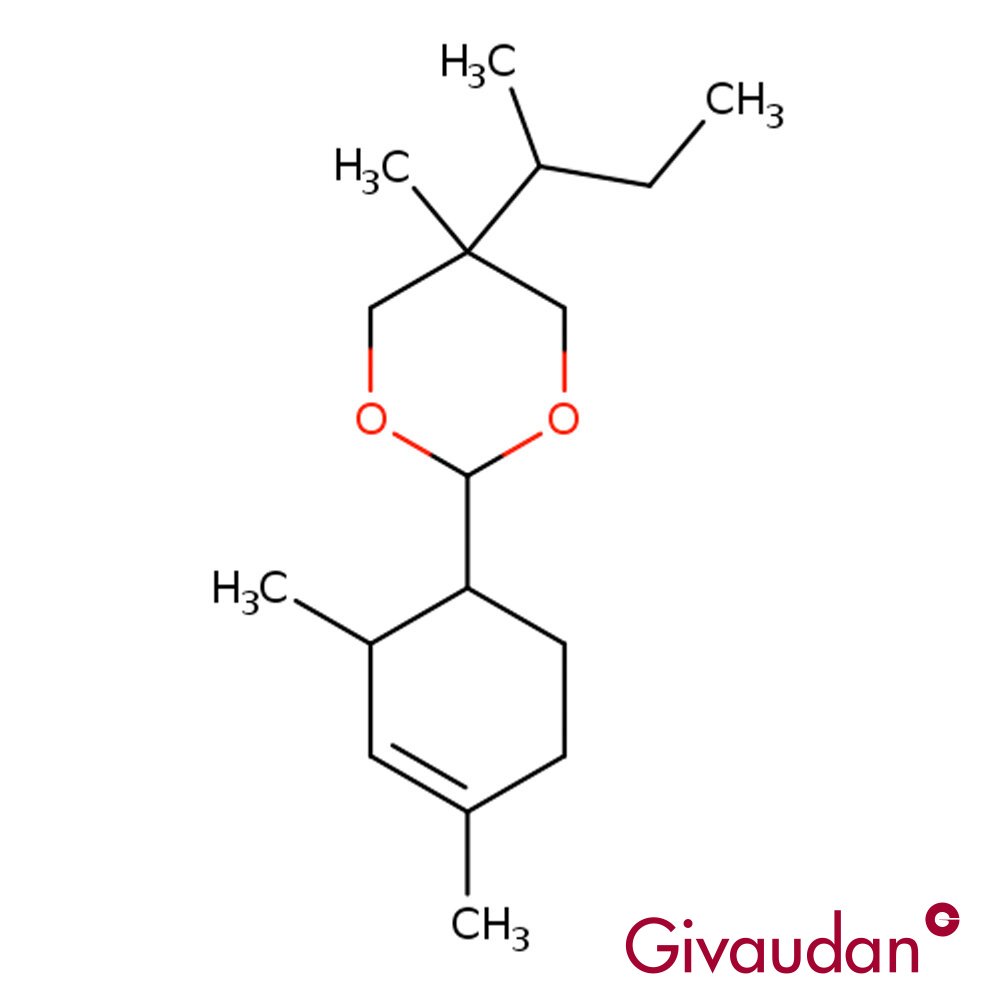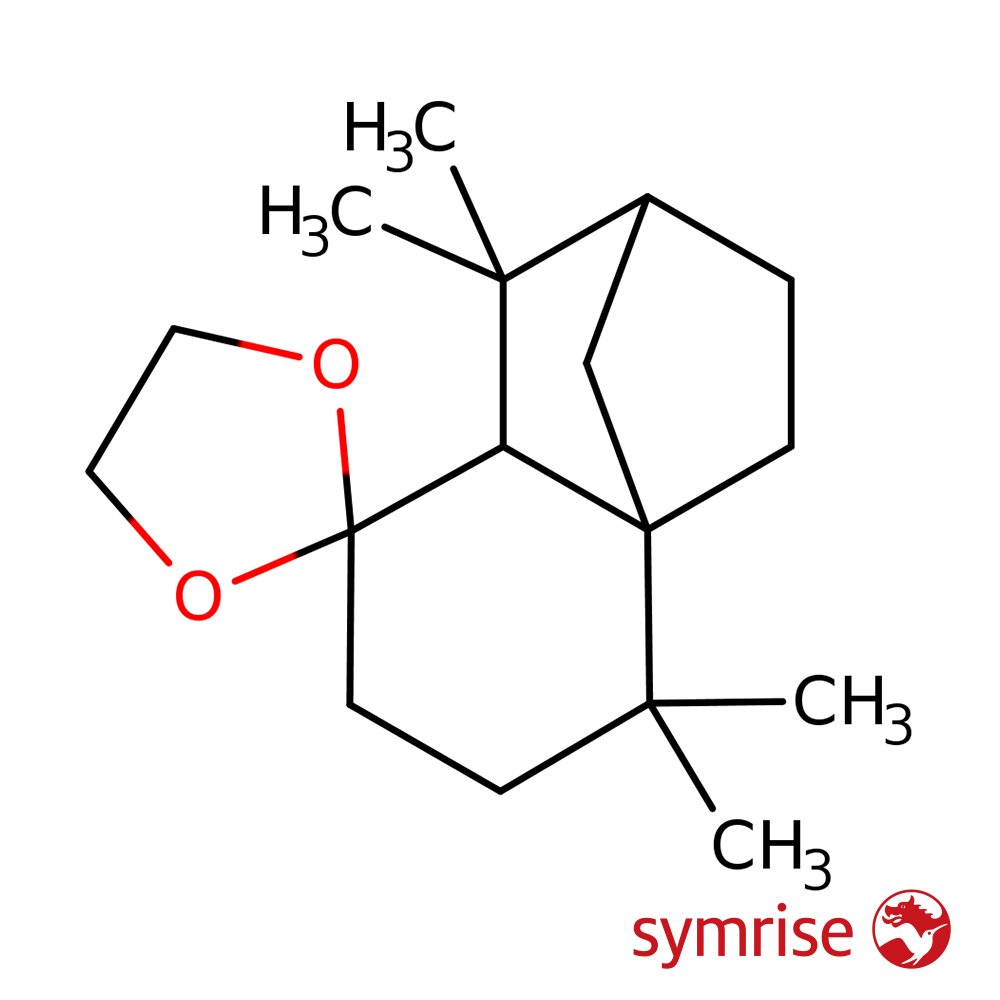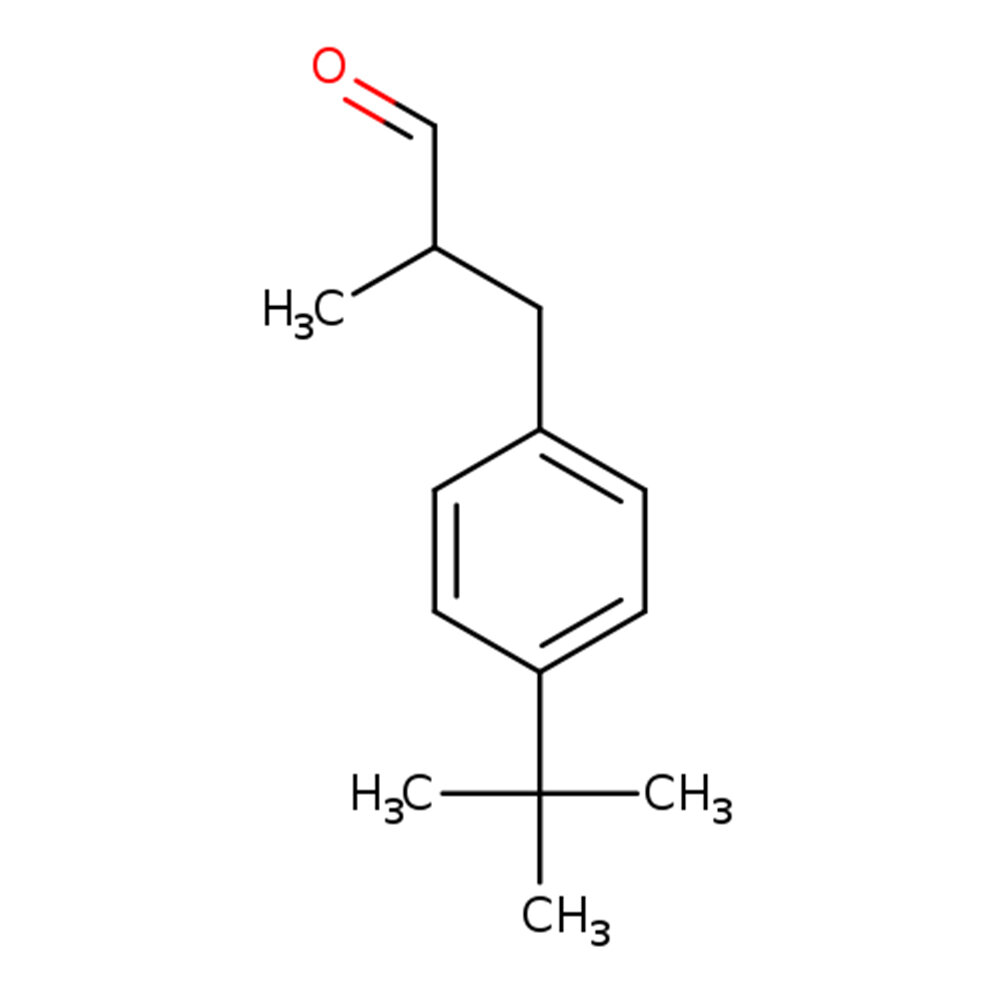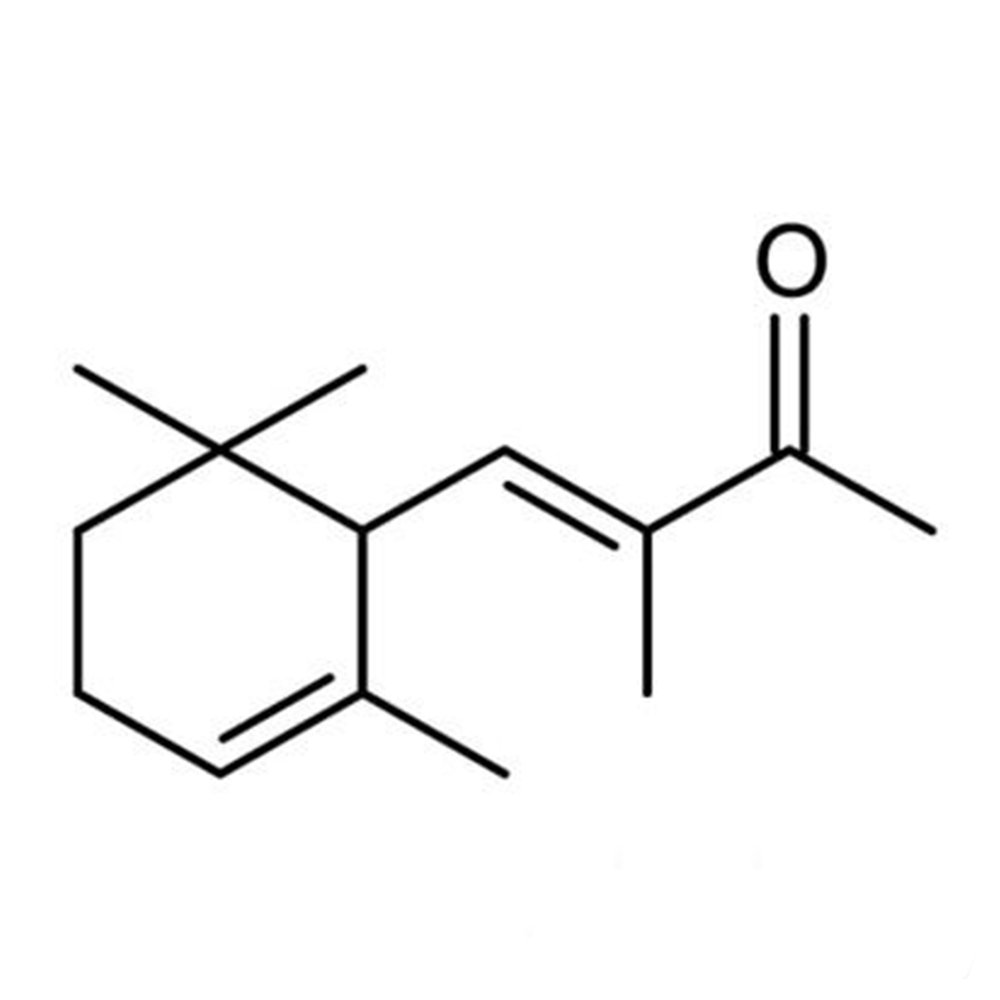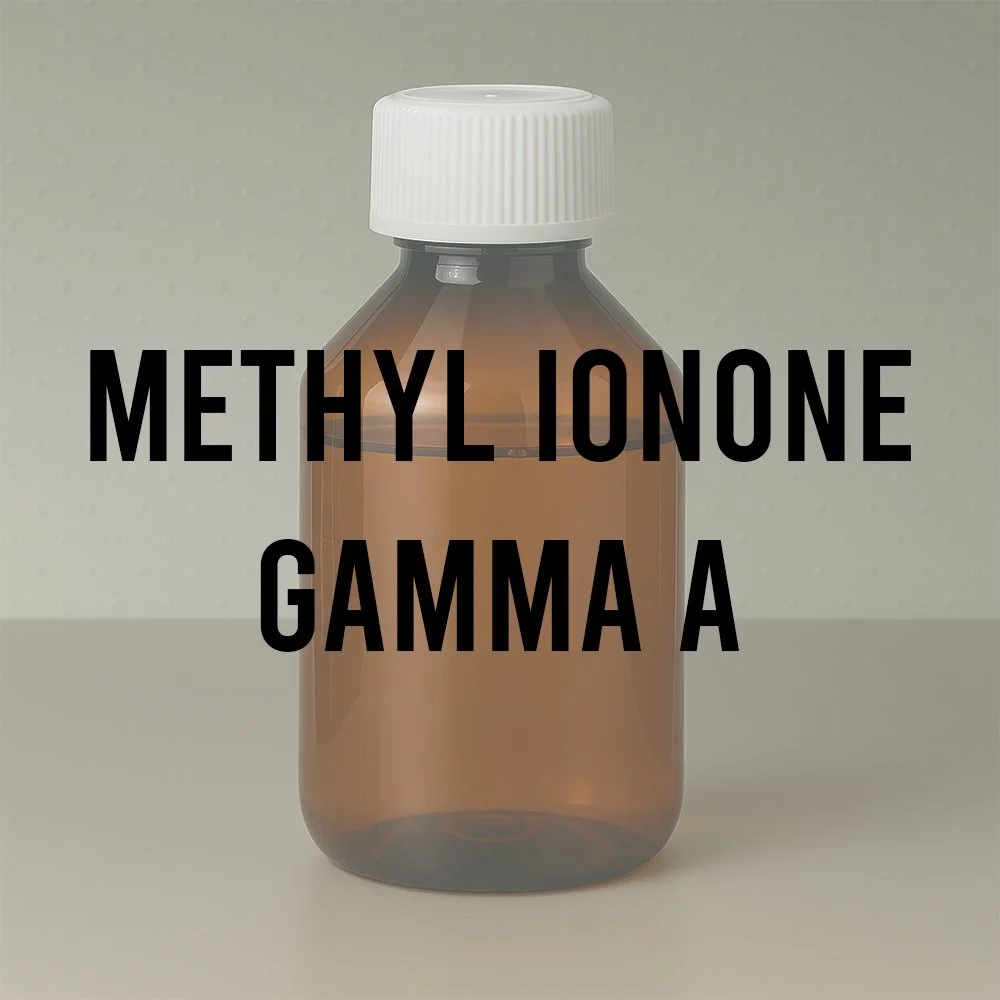Pollenal (2109-22-0) Technucal Ingredient Overview
🏭 Manufacturer — Kao Chemicals
🔎 Chemical Name — 2-Cyclohexylpropanal
🧪 Synonyms — Cyclohexaneacetaldehyde, alpha-methyl-; 2-Cyclohexyl propionaldehyde; Pollenal II
📂 CAS Number — 2109-22-0
⚖️ Molecular Weight — 154.25 g/mol
📝 Odor Type — Green-fruity-floral, bee pollen
📈 Odor Strength — Powerful and distinctive
👃🏼 Odor Profile — Pollenal starts with a very intense and diffusive fresh menthol \ cineol (eucalyptol) note, the Yellow pollen part comes straight. The first thing I link to it is Allyl amyl glycolate (AAG), they share the same “daisy flower” effect. Pollenal has a dirty (powdery) undertone which (reminds me of manzanate) turns into an aggressive green note. The overall note is fresh, heady and camphor-like too. IN 40 min the note becomes fruity fig, and that's very clear.
⚗️ Uses — Pollenal II is used in various compounds such as citrus, floral and fresh natural fragrances. A very powerful and natural fresh green note reminiscent of pollen. It also has a natural fruity undertone. Pollenal combines well with patchouli to give a floral sweetness to the note.
🧴 Appearance — Colorless to pale yellow liquid
What is Pollenal?
Pollenal (CAS 2109-22-0), chemically known as 2-cyclohexylpropanal, is a synthetic branched aliphatic aldehyde specifically designed for fine fragrance applications. The molecule belongs to the cyclohexyl aldehyde family, characterized by its distinctive structural configuration that combines a cyclohexyl ring with a propanal functional group. Structurally a branched aliphatic aldehyde, Pollenal II delivers a complex green note with fresh mentholic top, fig-fruity transition, and dirty-powdery undertone, offering no direct natural analog.
This synthetic material represents a specialized olfactory molecule developed to replicate the complex aromatic characteristics found in natural pollen-like substances, hence its commercial designation "Pollenal." The compound's molecular formula C₉H₁₆O reflects its relatively simple yet effective structure for fragrance applications.
Historical Background
Pollenal was developed as part of the modern synthetic fragrance industry's drive to create novel green-fresh olfactory experiences. The compound emerged from systematic exploration of cyclohexyl aldehyde structures, which gained prominence in fragrance chemistry during the mid-to-late 20th century development of synthetic aroma chemicals.
The material represents Kao Chemicals' contribution to the specialized green-fresh fragrance segment, designed specifically to address the industry's need for powerful, diffusive top notes that could impart natural freshness without relying on traditional natural materials. Development focused on creating a molecule that would deliver the complex, multi-faceted character of natural pollen-derived aromatics while maintaining the consistency and performance characteristics required for commercial fragrance production.
The compound's commercial success reflects the perfumery industry's continued evolution toward synthetic materials that offer unique olfactory profiles impossible to achieve through natural extraction or traditional synthetic pathways.
Olfactory Profile
Scent Family: Green-Fresh with fruity and floral facets
Main Descriptors: Green-fruity-floral, bee pollen, with honey nuances. The olfactory journey begins with sharp green freshness reminiscent of crushed leaves and stems, transitioning through fruity nuances suggestive of apple and pear, before revealing underlying honey-like and propolis characteristics.
Intensity: Highly powerful and distinctive, requiring careful dosage due to its penetrating character. Pollenal II is a powerful and distinctive top note.
Tenacity: Excellent for an aldehyde material, providing sustained impact throughout the opening phases of fragrance development. The molecule's structural stability ensures consistent performance across various application conditions.
Volatility: Primarily functions as a top note material with moderate volatility, allowing for immediate impact while maintaining presence during the transition to heart notes.
Fixative Role: While primarily valued for its top note characteristics, Pollenal contributes to overall fragrance architecture through its ability to enhance and modify other green and fresh components in the composition.
Applications in Fine Fragrance
Pollenal functions primarily as a specialized top note modifier, designed to impart pollen-like freshness, intensity, and a highly diffusive opening. POLLENAL II is used in various compounds such as citrus, floral and fresh natural fragrances.
Role in Fragrance Compositions:
Primary function as powerful top note impact material
Enhancement of citrus accords with natural freshness
Modification of floral compositions to increase naturalness
Addition of complexity to green fragrance structures
Typical Accords and Combinations:
Citrus blends: Enhances bergamot, lemon, and grapefruit with natural depth
Green compositions: Synergistic with galbanum, violet leaf, and green aldehydes
Floral structures: Particularly effective in freesia, lily of the valley, and muguet accords
Fresh aromatic blends: Complements lavender, rosemary, and herbal components
Let’s see how Pollenal II can give a powerful and natural accent to various accords:
How to boost citrus notes with Pollenal.
Aldehyde C-10 + Pollenal (2 : 1 ratio) Orange Aldehyde Dimethyl Octenone + Pollenal (1 : 1 ratio) Fresh Mandarin DiHydroMyrcenol + Pollenal (10 : 1 ratio) Icy Floral note
How to use Pollenal in fruity notes.
Verdox (OTBCHA) + Pollenal (10 : 1 ratio) Sweet red apple note Diethyl Malonate + Pollenal (5 : 1 ratio) Juicy apple note
How to make a green note more natural with Pollenal.
Rose Oxide + Pollenal (1 : 2 ratio) Petal FloweryTriplal + Pollenal (2 : 1 ratio) Watery green note Cis-3-hexen-1-ol + Pollenal (1 : 2 ratio) Green tea
Stability:
Pollenal has an overall excellent stability and is non-discoloring.Excellent stability on:
Shampoo (pH 6) up to 40° Detergent (pH 10) up to 40°Soap (pH 9) up to 30° Softener (pH 6) up to 40° Softener (pH 9) up to 40°
Good stability on:
Soap (pH 9) up to 50° Softener (pH 6) up to 50°
Moderate stability:
Softener (pH 9) up to 50°
This post was composed with Kao Chemicals data sheet retrieved in WPC nice, a smelling session with Kao's Perfumer Pelegri Granel, and myself.
Behavior in Blends and Mixtures: Pollenal exhibits excellent blending characteristics, integrating smoothly with both natural and synthetic materials. Its aldehyde nature allows for effective interaction with alcohol-based systems commonly used in fine fragrance.
Diffusion Characteristics: Highly diffusive opening impact, providing immediate olfactory presence that establishes the fragrance's green-fresh character from first application.
Impact on Overall Composition: Even at low concentrations, Pollenal significantly influences the overall fragrance profile, contributing to perceived naturalness and complexity. Its multi-faceted character adds depth to otherwise simple green or citrus structures.
Fixative Strength and Properties: Moderate fixative properties, primarily contributing to top and early heart note development rather than long-term fragrance persistence.
Compatibility with Other Materials: Excellent compatibility with:
Citrus oils and their synthetic recreations
Green aldehydes and ketones
Fresh synthetic materials like dihydromyrcenol
Floral aldehydes and esters
Industrial & Technical Uses
Non-fragrance Applications: Limited industrial applications beyond fragrance, primarily due to its specialized olfactory characteristics and cost structure optimized for perfumery use.
Industrial Processes and Functions: Primarily utilized in:
Fine fragrance compounding
Personal care product scenting
Household product fragrance systems where green-fresh impact is desired
Technical Specifications and Requirements: Requires standard aldehyde handling procedures, with attention to oxidation prevention and temperature control during storage and processing.
Regulatory & Safety Overview
IFRA Status: No specific restrictions identified in current IFRA guidelines (Amendment 51). Standard aldehyde safety considerations apply.
GHS Classification: Classification data not publicly available; standard aldehyde precautionary measures recommended.
EU Cosmetics Regulation: Not listed among regulated allergens in Annex III of EU Cosmetics Regulation 1223/2009.
Toxicology: Limited publicly available toxicological data. Standard industry safety protocols for synthetic aldehydes should be followed.
FEMA Status: Not established for food flavoring applications.
Sources
International Fragrance Association. (2024). IFRA Transparency List. Retrieved from https://ifrafragrance.org/priorities/ingredients/ifra-transparency-list
Kao Chemicals. (n.d.). Pollenal II technical data sheet. Retrieved from Knowde Chemical Marketplace.
National Center for Biotechnology Information. (2024). 2-Cyclohexylpropanal. PubChem Compound Database. Retrieved from https://pubchem.ncbi.nlm.nih.gov/compound/2-Cyclohexylpropanal
